Things to consider before buying a new smart TV: Size, display, budget & more
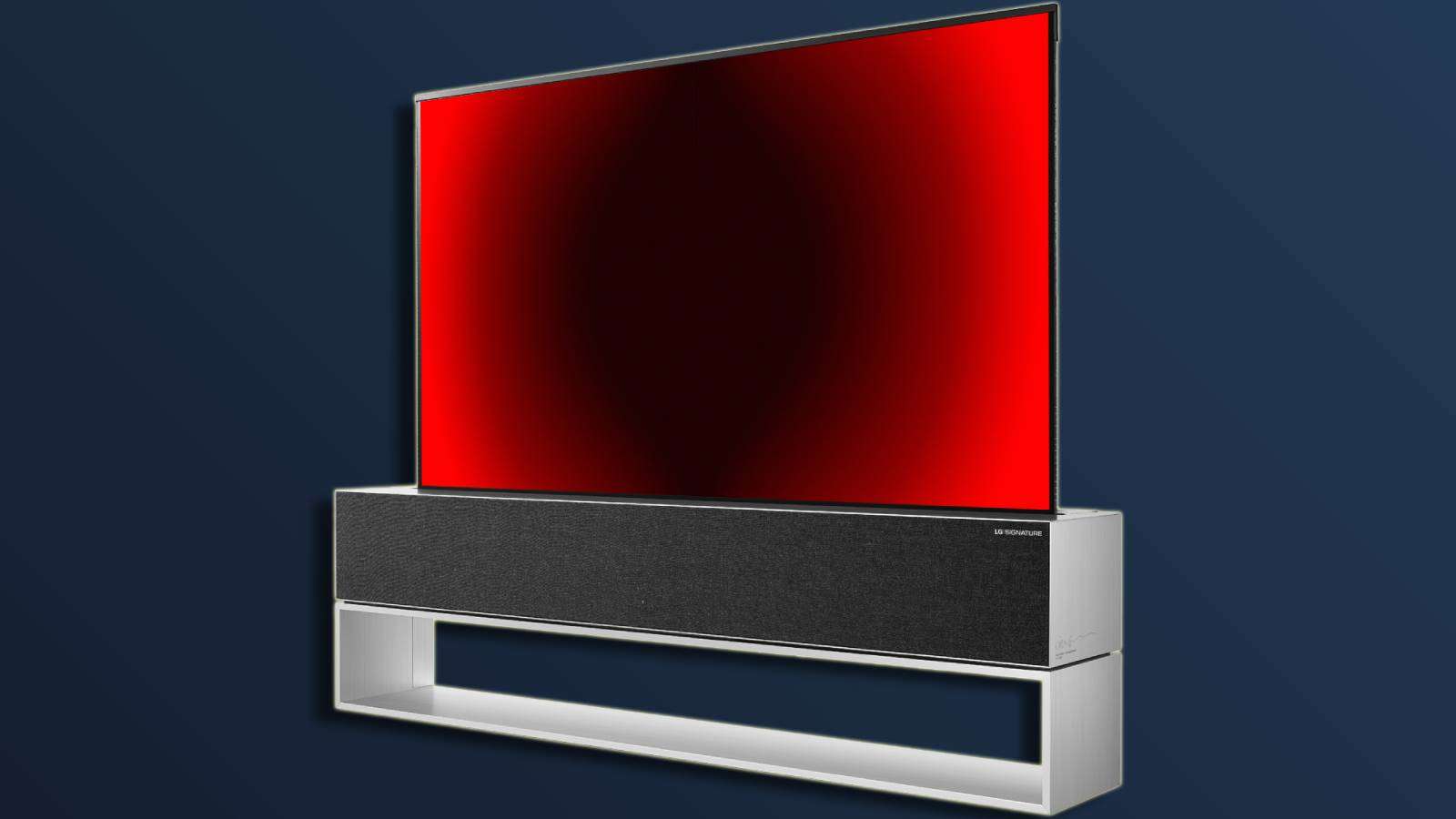 LG
LGAre you planning to get a smart TV for your living room? Read this detailed guide before you hit that buy now button.
Modern smart TVs are more than just a screen to watch your favorite shows, news, sports, or movies. Not only are TVs an essential part of your home entertainment setup, but they play a crucial role in the aesthetics of your room.
While some might need a TV to play games, others may want it to watch movies or stay updated with the latest news. Whatever the use case may be, buying a smart TV is a long-term investment, and several things need to be considered before you can zero in on your next purchase.
The simplest way to decode the smart TV purchasing puzzle is by breaking the process into various steps to understand your requirements better. You can ask yourselves a few questions, like your budget for the TV, the type of TV, size, and all the possible use cases.
Once you get clarity on these things, picking the best smart TV is a formality. If you need help understanding the process and choosing the smart TV for your home, we’ll break it down for you.
This guide takes you through some of the most important questions and their answers with an aim to give you clarity around your next TV shopping.
What is the ideal size of TV for your room?
 Dexerto
DexertoIn the case of a TV, the size does matter. If you get a TV too small or large for your room, you might not be able to get the best out of your investment. Moreover, sitting too close or far from a TV can cause eyestrain.
Picking up a TV of the right size also depends on the number of people who regularly use it together and the room size. The most common sizes are 42-inches, 50-inches, 55-inches, 65-inches and 75-inches. Remember, the screen size of TVs, or for that matter, any display is measured diagonally.
Television sets in and above 65 inches generally fall into the premium category and are ideal for large and spacious rooms. You can even go for 85 inches of bigger TVs if you want to place the TV in a large hall or plan to create a home cinema setup.
A simple formula can help you ascertain the right size of TV for your room. However, this is just indicative as choosing the size of the TV is a personal preference.
To determine the correct size of the TV for your room, calculate the distance between the TV and the place you’d typically sit. Then, divide the viewing distance (in inches) by 2. The result of this equation would be the ideal TV size.
What is the ideal budget for a new TV?
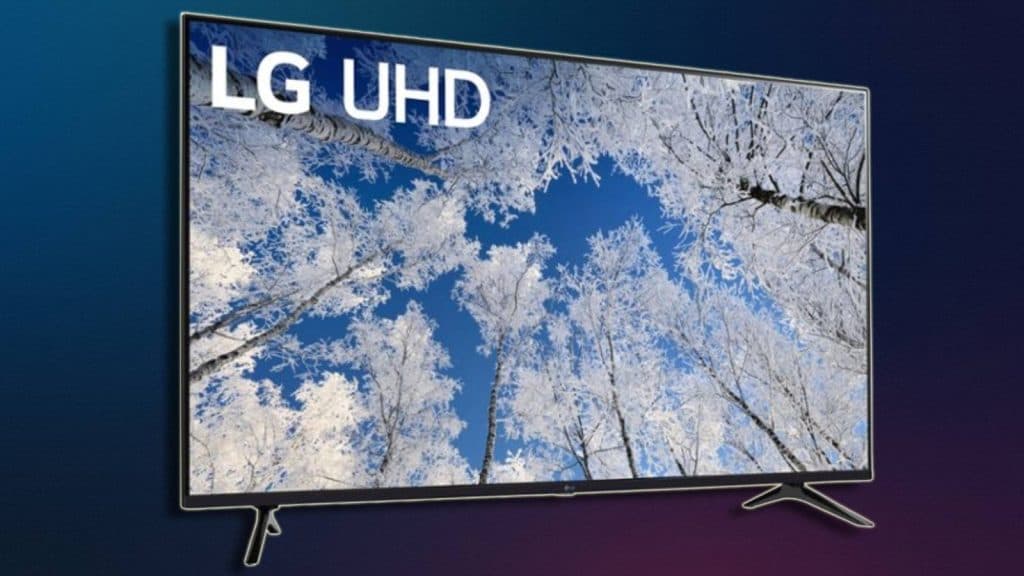 LG
LGAnother vital thing to consider when buying a TV is the cost. While many fancy TVs with various features are available, paying extra for features you might never use isn’t a good idea.
That said, spending slightly extra to future-proof your investment is always okay. The additional connectivity ports or features you might feel are not important right now might be critically important a couple of years later.
Choosing between what is extremely important, ok to have, and useless is crucial. Remember, a few generations old TV might be cheaper than the latest because the technology might phase out sooner than you think.
So, while spending your money wisely is essential, take advantage of features you might need soon.
What screen resolution do you need?
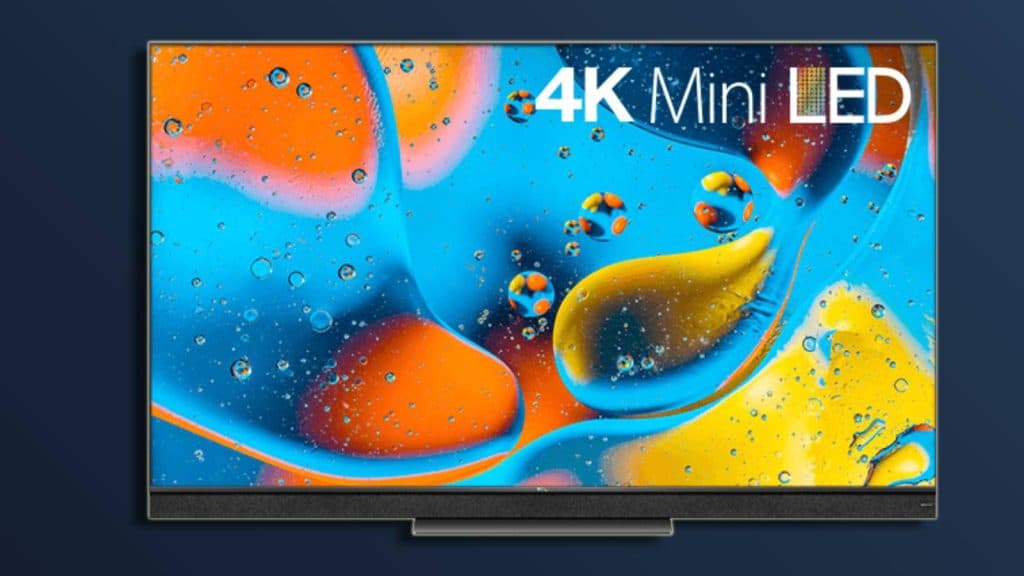 TCL
TCLScreen resolution is another critical feature to consider before deciding on your new TV. Once you’ve zeroed in on the screen size, getting the highest-resolution display available in your budget is essential.
While you can get 1080p or Full-HD TVs extremely cheaply, it is advisable to go for at least 4K resolution. Higher resolution means you will get better imagery. A 4K TV’s overall design will also be better than a full HD TV as the latter is aimed at budget-conscious buyers.
Anything below 1080p isn’t ideal for content consumption, and you’ll get pixelated images, ruining your experience.
4K TVs are available in almost all size options, though if you go for a premium category like 65-inches and above, you can get 8K TVs as well. However, considering the current scenario where you don’t have a lot of content in 8K, it could be an overkill. Moreover, it is tough to tell between 4K and 8K content for a layman, and 8K TVs are incredibly costly.
So, 4K or Ultra HD remains a sweet spot and offers the right bang for the buck. You get more details in each image and sharper text. Videos appear richer and more life-like on a 4K TV than on an HDTV.
Refresh rate is worth noticing, too
Typically, Refresh rates are essential when looking for a gaming monitor. However, modern TVs also have a high refresh rate, making them ideal for watching sports or fast-action sequences. These TVs are ideally suited for gaming as well.
Most TVs come with a 60 Hz refresh rate, but you have higher refresh rates like 90 Hz and 120 Hz or more, which sync well with a gaming console. However, a higher refresh rate might not offer the best experience while watching regular content. This means you might usually keep the TV at a 60Hz refresh rate.
So, while a higher refresh rate is a good-to-have feature, you need to factor in the number of hours you’ll use it for gaming or watching sports.
HDR support is a must-have
In simple terms, HDR, or High Dynamic Range, is a technology that helps improve picture quality and color range, and most modern smart TVs come equipped with this.
The effect of HDR can be noticed when watching dark scenes or images. It highlights minute details that otherwise would go unnoticed.
If the TV you’ve short-listed has HDR10, Dolby Vision, HDR 10+, or HLG (Hybrid Log-Gamma) support, you’re sorted on this front.
Operating systems play a critical role
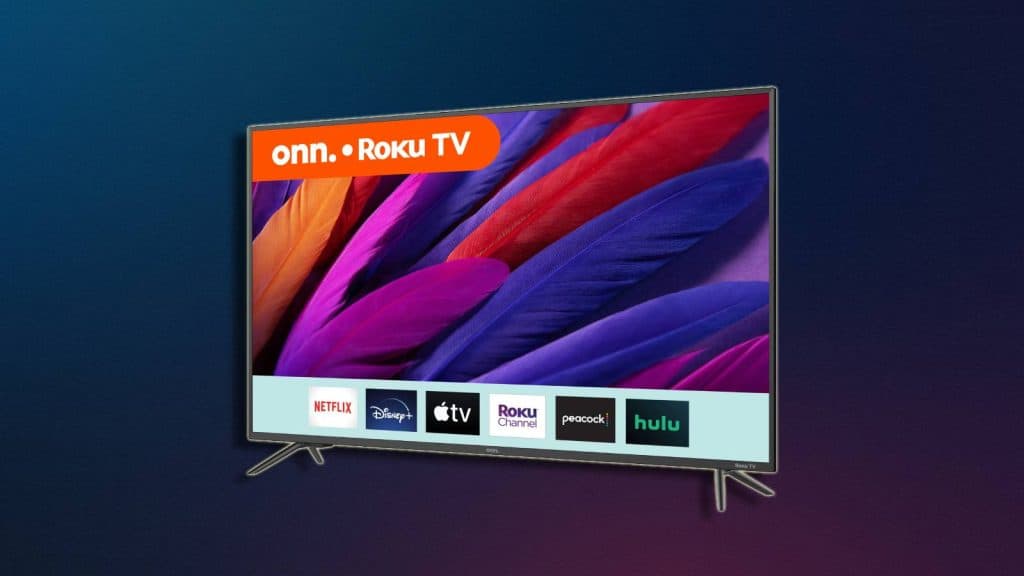 Onn
OnnThe operating system that powers the TV is a crucial thing to factor in. This not only impacts your overall user experience but also plays a key role in letting you install third-party applications.
For example, suppose you’re using a Google TV-powered TV. In that case, you have a wider variety of applications and games to download than LG’s WebOS or Vidaa OS on Toshiba’s TVs.
Though you can bypass the operating system’s hurdle with the help of a Google TV stick, Roku Streaming stick, or any of Amazon’s Fire TV devices, that means spending more on additional hardware and fiddling with another remote.
Good sound on a TV is a blessing
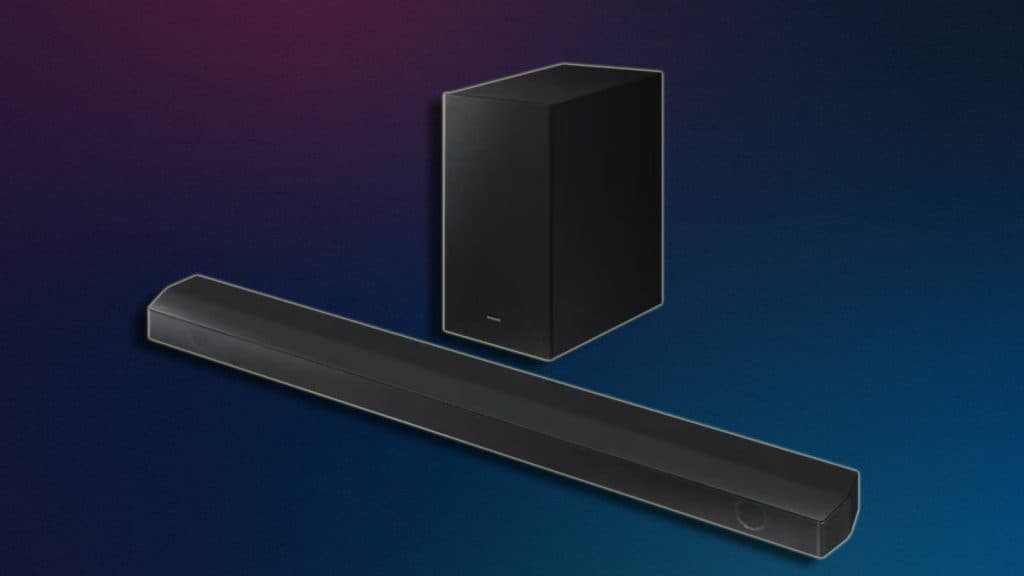 Samsung
SamsungLet us accept it: most smart TVs have a weak audio output. This forces you to invest in additional hardware like speakers and sound bars. However, if you want a cinematic listening experience, hardly any TV offers such audio quality out of the box.
Most premium TVs come with Dolby Atmos support, which offers a surround sound experience with the stock speakers and saves you from spending extra on additional speakers.
Other things worth looking out for
Apart from the critical ones mentioned above, a few more things could impact your purchase decision. These include:
Choice of panel
You might want to upgrade from a regular LED TV to a QLED or OLED panel for a better viewing experience. Both panels have pros and cons, and choosing between them is subject to personal choice and preference.
Choice of ports
Though most TVs have ample connectivity ports, you might want to list the devices you want to connect and pick a TV that offers the best match. After all, adding dongles to TV is the last thing that you might like.
Warranty and Brand name
Cross-check the warranty and after-sales support the brand offers before buying the TV. Warranty terms and conditions could spoil the experience, and poor brand value might hinder the resale value of the TV.
Go for an additional warranty if available. By paying a small amount upfront, you’ll save a lot more as the TV shows signs of ageing.
While the above suggestions will help you make an informed decision, remember that the purchase decision depends on your TV viewing habits. Ensure you prioritize the features you need in the TV based on your usage.